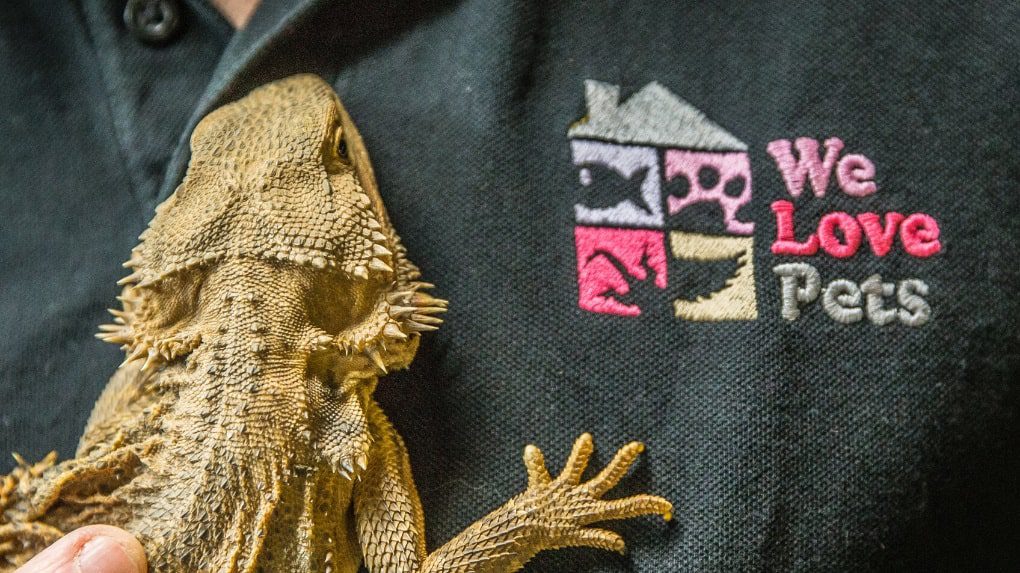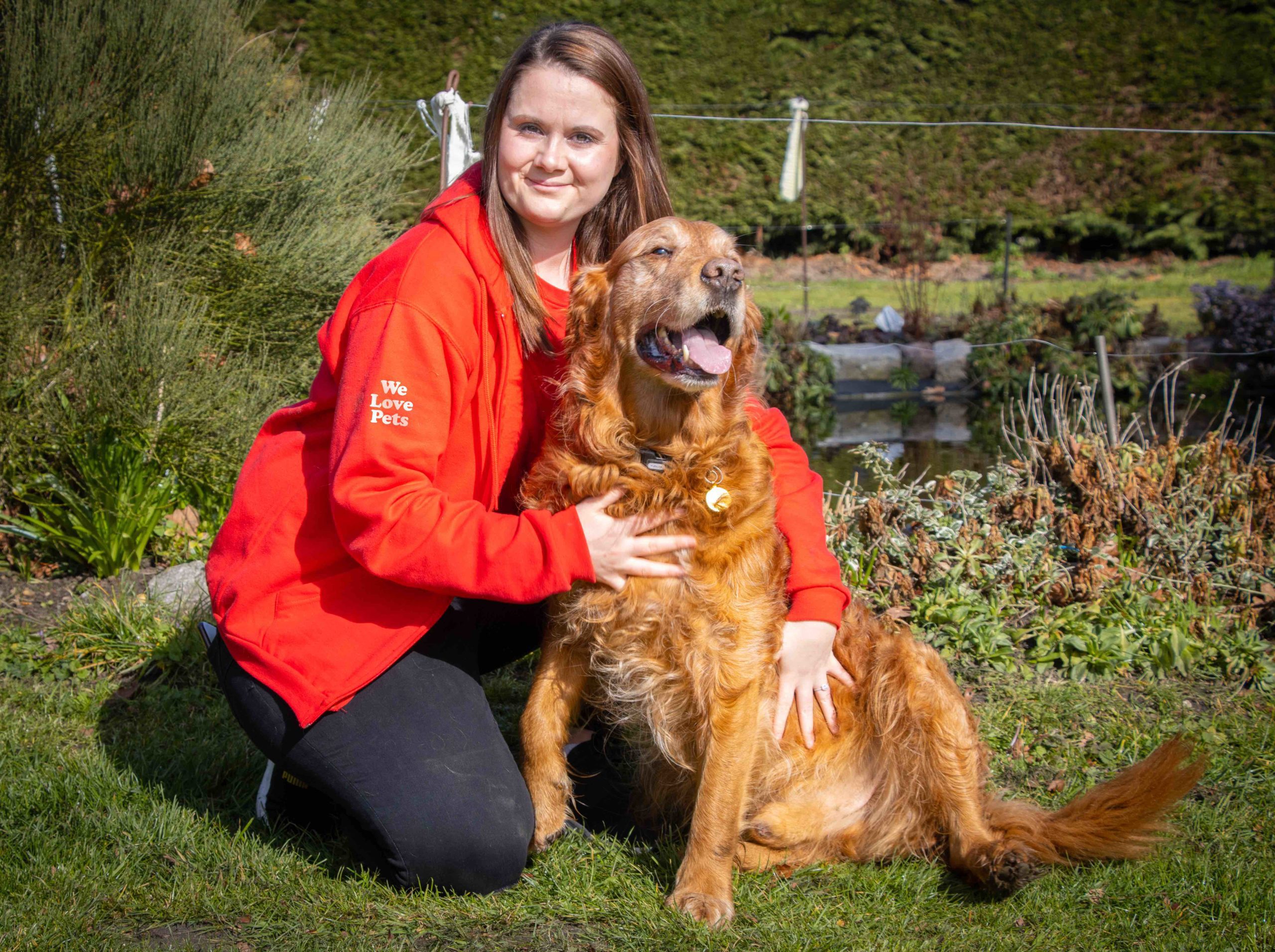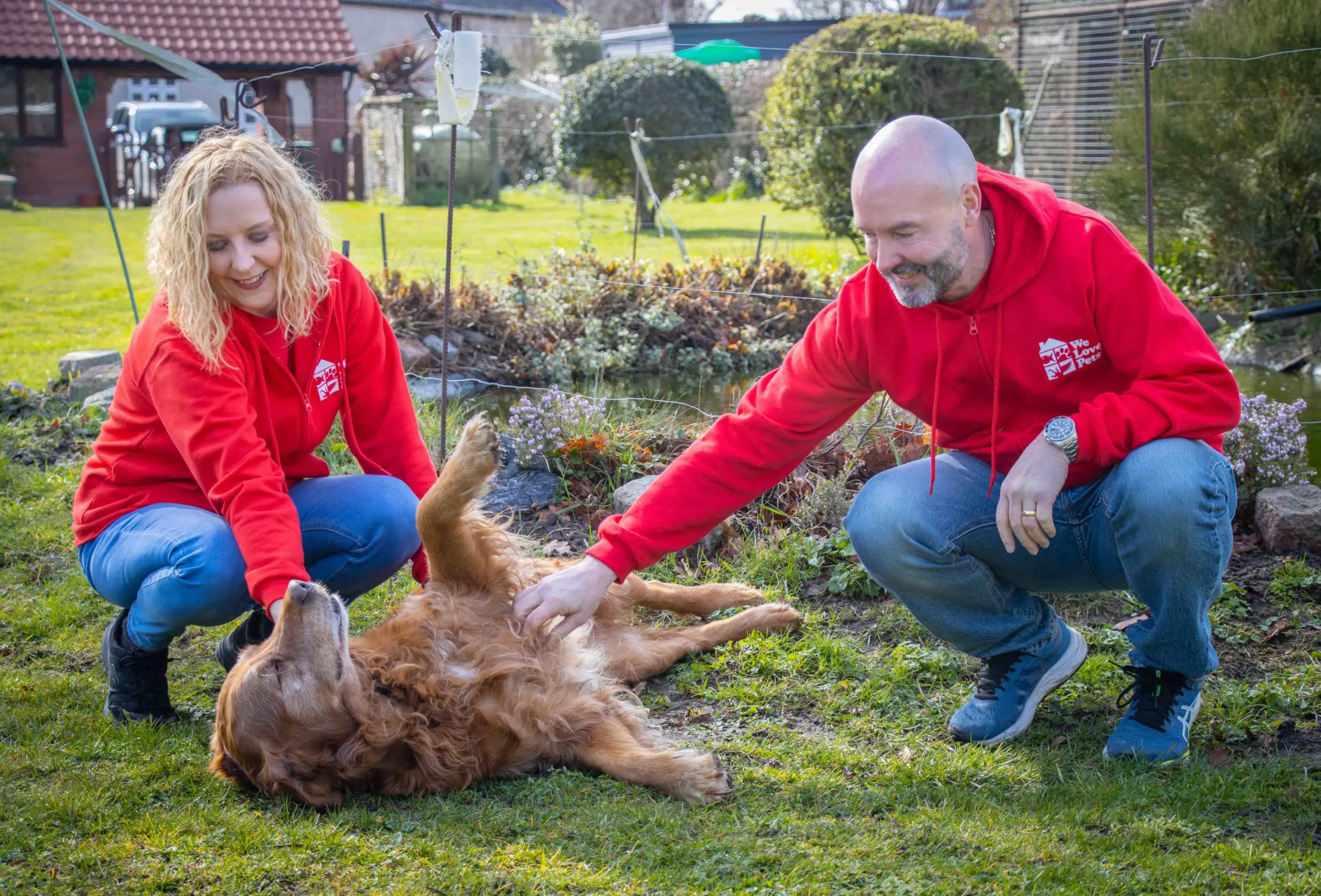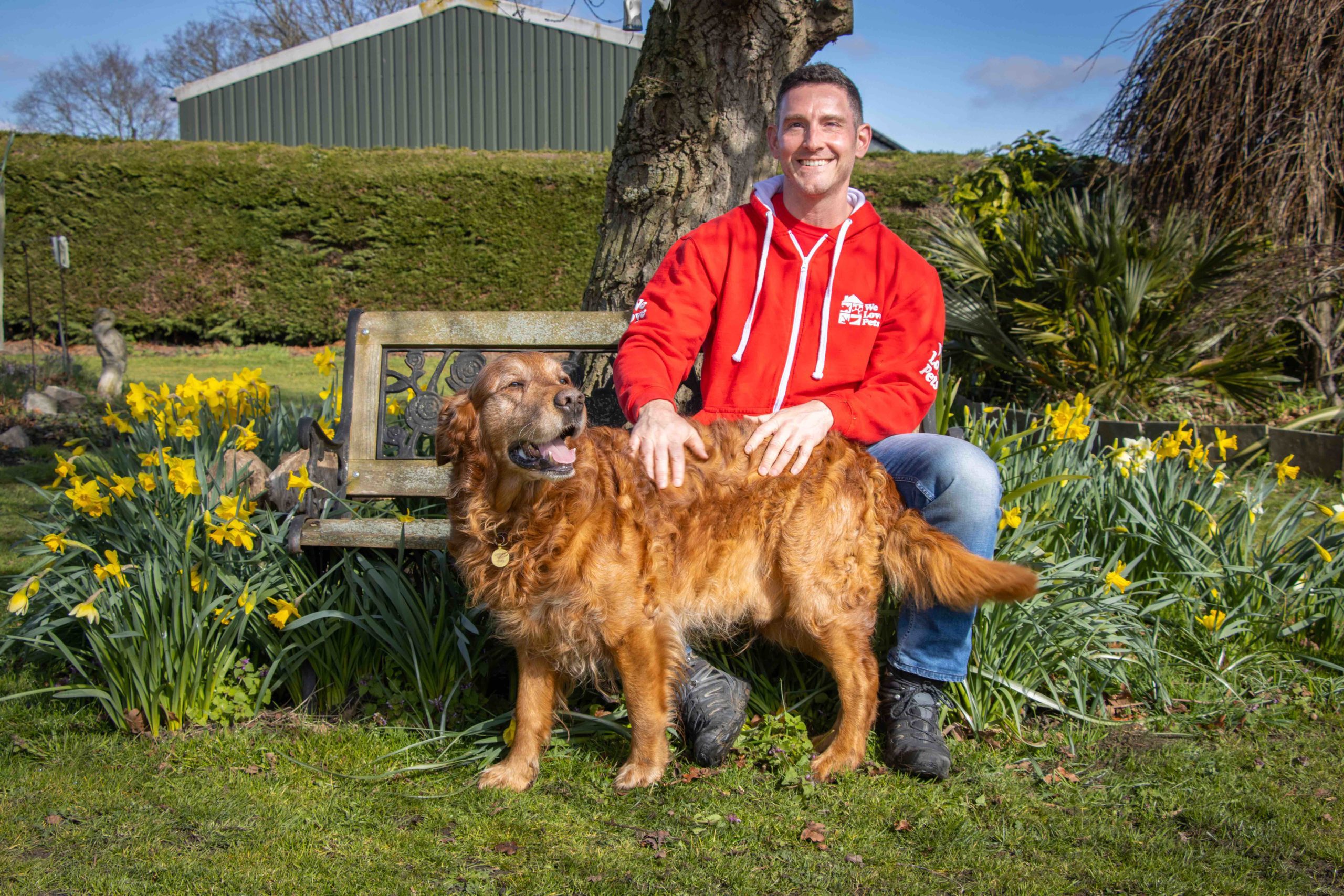The Bearded Dragon is one of the most common types of lizard kept as a pet in the UK and it’s not hard to see why these little guys have become so popular! Bearded Dragons are very engaging with people, are often happy to sit on a shoulder while you watch TV and can even give you a little wave from their enclosure. But these cute little dragons require a lot of specialist care and equipment to enable them to live full, happy lives. We look at the top 3 things Bearded Dragons need to thrive as pets in the home.
1. The importance of temperature for Bearded Dragons
Reptiles are what we call “ectothermic” animals, more commonly referred to as “cold blooded”. However, the term cold blooded is a bit misleading as reptiles regulate their body temperature with their surroundings. So, a Bearded Dragon from the hot, arid parts of Australia actually has quite a high body temperature. Due to their ectothermic nature, Bearded Dragons require a heated enclosure.
Their heating needs are very specific too. Bearded Dragons need to be able to cool down as well warm up so heat needs to be provided at one end of the enclosure while the opposite end should stay cool with no heating provided. This is so that Bearded Dragons can regulate their body temperature as needed.
2. Getting the UV light right for Bearded Dragons
The other thing that a Bearded Dragon naturally gets a lot of in the wild is UV light. In their natural habitat, Bearded Dragons spend most of the early morning and mid afternoon soaking up the sun’s rays in a behaviour known as “basking”. Reptiles, just like us mammals, need UV rays to be able to produce vitamin D.
If humans do not get enough exposure to sunlight, and in turn don’t produce enough vitamin D, we develop a condition called Rickets. Our lizard and tortoise friends don’t develop rickets like we do, but they can develop a condition called MBD – Metabolic Bone Disease.
MBD can show itself in many ways:
- The first and most obvious is problems with the animal’s bones and joints. Sometimes spines and tails can become bent and misshapen.
- Legs can become weak which means the animal is more prone to fractures and then infection can set in.
- A softened weak jaw, known as ‘floppy jaw’.
- Muscle spasms and nerve tremors.
- Scale/shedding problems.
- Vision problems.
- Lethargy.
To prevent MBD, you need to make sure that the UV levels in your enclosure are correct for your Bearded Dragon. The BIAZA (British and Irish Association of Zoo and Aquaria) advise that Bearded Dragons are provided with both a spot UV bulb and a strip UV bulb. This is known as the beam and shade method and will ensure your dragon receives the correct levels of UV.
The spot bulb should ideally be an Arcadia combination bulb, which provides your Bearded Dragon with both a heat source and a UV source. They will also need an Arcadia 14% dragon strip light. This should be placed along the top of your enclosure with the combination spot bulb placed at one end to provide the heat gradient needed.
The basking spot temperature for your Bearded Dragon needs to be around 30-36 degrees Celsius and the cool end needs to have around a 6-8 degree drop from that. The lights can then be attached to a timer that can be set to have lights on for around 13 hours from April to October and 11 hours from November to March. Lights do need to be changed every 9-12 months as the UV reduces over time. So just because the light is on it does not mean it’s emitting the right levels.
3. The right diet for Bearded Dragons
In the wild, Bearded Dragons are omnivores and spend their life eating cockroaches, crickets, locusts and other small insects. They will eat plant leaves and gain most of their moisture from this, so you rarely see a Bearded Dragon drinking!
Let’s talk insects!
However, in captivity, some owners can be put off by the thought of feeding live insects and will often only give meal worms, which sadly are not nutritionally beneficial for a Bearded Dragon. Meal worms are good as part of a varied diet, after all variety is the spice of life, but should not be used as a staple. Young dragons need a high level of live food in their diet as they require extra protein to grow. It’s best to feed young Bearded Dragons insects every day, and feed adult insects three times a week.
TOP TIP:
As a rule, insects should be no larger than the space between the dragon’s eyes until adulthood, when they can manage much larger prey.
Plants to feed Bearded Dragons
When it comes to plant selection, nothing is better than some hand-picked weeds!
Good plants to give to your Bearded Dragon are plantain and dandelion and even freshly picked herbs like basil and chives. If buying greens from a shop, avoid anything dark green like kale, broccoli, spinach or green cabbage as they are high in an oxalate which can cause calcium binding. This prevents calcium from being absorbed into the blood stream. Reptiles need to have the correct calcium to phosphorus ratio in their diet which is 2:1. Anything that disrupts the ratio can also lead to MBD.
Greens should make up around 70% of your Bearded Dragon’s diet and then around 20% veg, which can be:
- Grated carrot
- Red and yellow pepper (a good source of vitamin C)
- Mushrooms that are high in calcium
- Green beans
The remaining 10% can be fruit, which should never be fed in a high quantity due to the sugars.
Safe fruits to feed are:
- Grapes
- Apples
- Pears
- Tomatoes
- Berries
Lastly, all food including insects should be dusted with a good brand calcium/multivitamin powder. Arcadia have their own brand which has been specially created for omnivorous lizards.
Healthy, happy Bearded Dragons
With the right temperatures, UV light and diet, you should have a happy, healthy dragon that can easily live to be 15 years old. It is a big commitment, but if you make sure you follow our three top conditions for keeping Bearded Dragons, they are an amazing pet for any age.
Article by Leanne Thompson, Animal Care Instructor at Wiltshire College




